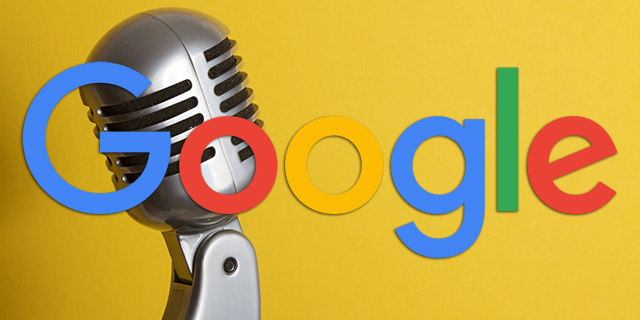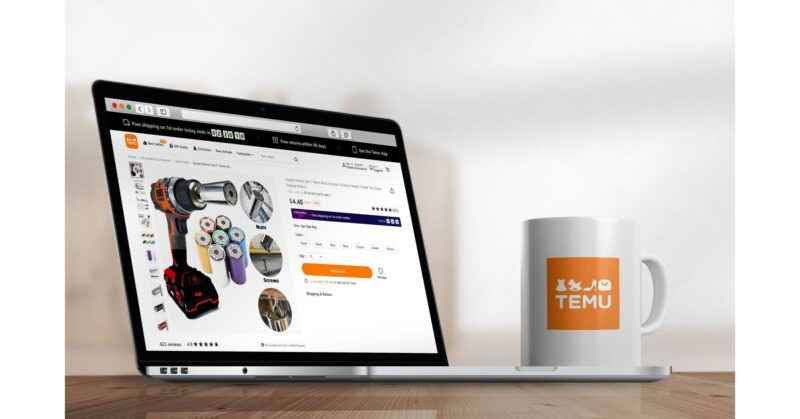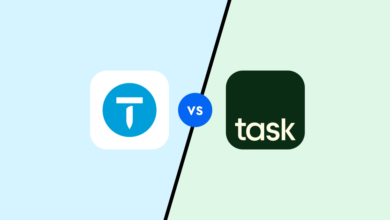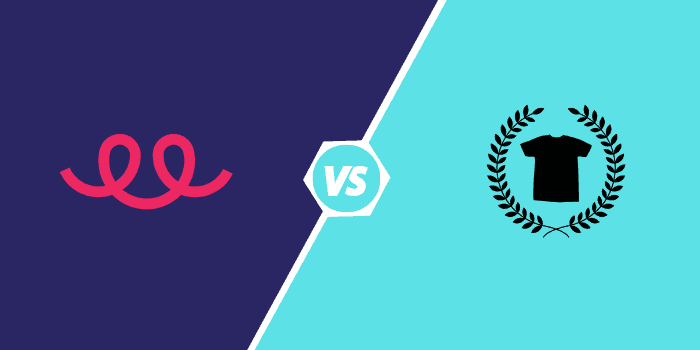Best Examples of Educational Technology Tools for Students
Currently, more than 65% of teachers integrate digital learning tools into their daily classes. As these tools gain popularity and curricula are designed around them, technology is becoming an integral part of students’ growth. Recognizing this, we have compiled a list of the best technology tools for the classroom, highlighting their importance and the role they play in shaping the schools of tomorrow.
What Are Educational Technology Tools?
Technology tools encompass electronic, digital, or physical resources that assist teachers in delivering and assessing content. They can take the form of apps, platforms, or software and are applicable in virtual, hybrid, or traditional learning settings.
Digital literacy is increasingly prevalent, with young students becoming adept at using technology early in life and considering it an integral part of their daily routines. In education, technology tools can enhance students’ skills, provide innovative work methods, and offer access to new experiences. For teachers, these tools can streamline workloads, support students with varying abilities, and provide a centralized platform for monitoring student progress.

Code.org is a free coding platform that aims to teach students how to code in a user-friendly and accessible manner. It eliminates intimidating setups and large time commitments, making it suitable for both beginners and experts. The platform offers coding tutorials based on popular games like Minecraft, catering to elementary, middle, and high school students. With over 200 million projects created, Code.org provides a wide range of resources and opportunities for individuals interested in coding.
2️⃣ Google Classroom
3️⃣ TalkingPoints
TalkingPoints is a non-profit organization dedicated to fostering engagement between teachers and families in under-resourced and multilingual communities. The platform enables teachers to send messages to families through a web browser or mobile app. These messages are translated into over 145 languages, allowing parents to read and respond in their preferred language. TalkingPoints stands out by employing AI and human translators to ensure accurate and contextually relevant translations, making it a unique and valuable tool in the education sector.
4️⃣ Along
Along is a free digital platform designed to facilitate reflection and strengthen teacher-student connections. It serves as a regular check-in tool that supports the cultivation of strong relationships between teachers and students. Through Along, teachers can access a database of research-informed questions and resources to engage their students. The platform enables educators to ask questions and share thoughts, while students have the opportunity to respond privately and in a non-threatening manner. By using Along, teachers can create a sense of belonging and foster deeper connections within their classrooms.
5️⃣ The Juice
This platform is designed for students in grades fifth through twelfth. It delivers five current event articles at four different reading levels each day. The article includes vocabulary builders, formative standards-based assessments, infographics, and STEAM video content. These unbiased current events articles include scaffolds to help support low-readers and English learners. The real-time diagnostic insights give teachers at-a-glance information to help monitor students’ progress in their comprehension and understanding.
6️⃣ Prodigy
Prodigy is a popular game-based learning platform that has gained significant popularity among students over the years. It offers engaging activities for math and English subjects. Through its adaptive algorithm, content-specific questions are delivered to students as they participate in battles or build their virtual worlds. Teachers can monitor student progress in real time through the teacher’s dashboard, which displays student data. They can also assign specific topics or standards and set the number of questions students should answer for each standard, allowing for targeted instruction and assessment.
Examples of educational technology tools
Certainly! Here are some examples of educational technology tools across different categories:
- Learning Management Systems (LMS): Canvas, Moodle, and Blackboard
- Video Conferencing: Zoom, Microsoft Teams, Google Meet
- Interactive Whiteboards: SMART Board, Promethean Board
- Presentation Tools: Prezi, Google Slides, and Microsoft PowerPoint
- Note-taking Apps: Evernote, OneNote, and Notion
- Online Quizzing and Assessment: Kahoot, Quizlet, and Socrative
- Digital Content Creation: Adobe Spark, Canva, and Powtoon
- Coding and Programming: Scratch, Code.org, and Tynker
- Math and Science Tools: Desmos, PhET Interactive Simulations, and Wolfram Alpha
- Digital Portfolio Platforms: Seesaw, Google Sites, and Portfolio
- Collaboration Tools: Google Docs, Microsoft Office 365, Slack
What are the educational technology tools for students?
There are numerous educational technology tools available for students to enhance their learning experience. Here are some examples:
1️⃣ Learning Management Systems (LMS): Platforms like Google Classroom, Schoology, and Canvas provide a centralized space for accessing course materials, submitting assignments, and engaging in discussions.
2️⃣ Note-taking Apps: Tools like Evernote, OneNote, and Notion allow students to organize and take digital notes, create to-do lists, and collaborate on projects.
3️⃣ Online Collaboration Tools: Applications such as Google Docs, Microsoft Office 365, and Slack facilitate real-time collaboration, document sharing, and group work.
4️⃣ E-Learning Platforms: Websites like Khan Academy, Coursera, and Udemy offer online courses and tutorials on a wide range of subjects.
5️⃣ Digital Libraries: Platforms like Project Gutenberg, Open Library, and JSTOR provide access to a vast collection of e-books, scholarly articles, and research materials.
6️⃣ Multimedia Creation Tools: Tools such as Adobe Spark, Canva, and Powtoon enable students to create engaging presentations, videos, and infographics.
7️⃣ Virtual Labs and Simulations: Applications like PhET Interactive Simulations, Labster, and ExploreLearning Gizmos offer virtual laboratory experiences and interactive simulations for science and math subjects.
8️⃣ Language Learning Apps: Apps like Duolingo, Babbel, and Rosetta Stone provide interactive language learning experiences with gamification elements.
📚 Educational Technology Tools for Higher Education 🎓

In today’s digital age, technology plays a crucial role in transforming the learning experience. Here are some powerful educational technology tools that can benefit both students and teachers in higher education:
1️⃣ Learning Management Systems (LMS): Platforms like Canvas, Moodle, and Blackboard provide a centralized hub for course materials, assignments, discussions, and grading.
2️⃣ Video Conferencing Tools: Applications such as Zoom, Microsoft Teams, and Google Meet enable virtual classrooms, online lectures, and real-time collaboration.
3️⃣ Lecture Capture Software: Tools like Panopto and Kaltura allow educators to record and share lectures, making them accessible for students to review at their own pace.
4️⃣ Collaborative Document Editing: Google Docs and Microsoft Office 365 enable real-time collaboration on documents, presentations, and spreadsheets, promoting group work and feedback.
5️⃣ Interactive Presentation Tools: Platforms like Prezi, Nearpod, and Mentimeter enhance engagement with interactive presentations, quizzes, and polls.
6️⃣ Virtual Reality (VR) and Augmented Reality (AR): Technologies like Oculus Rift, HTC Vive, and AR apps provide immersive experiences for subjects like science, history, and architecture.
7️⃣ Online Assessment Tools: Formative and summative assessment tools such as Kahoot, Quizlet, and ProProfs offer interactive quizzes and customizable assessments.
8️⃣ Educational Apps: Mobile apps like Duolingo, Khan Academy, and Quizlet provide on-the-go access to educational content and interactive learning activities.
These are just a few examples of the vast array of educational technology tools available.
What other educational technology tools have you found valuable in higher education? Share your thoughts below! 👇
#EdTech #HigherEducation #DigitalLearning
What are educational technology assessment tools?
Educational technology assessment tools are digital tools designed to facilitate the evaluation and measurement of students’ learning outcomes and progress. These tools provide educators with various methods to assess students’ knowledge, skills, and understanding in a digital format. Examples include online quizzes, interactive assessments, digital portfolios, and data analytics platforms. These tools often offer features like automated grading, real-time feedback, and data analysis, making assessments more efficient, objective, and informative for both teachers and students.
Technology tools to use in the classroom
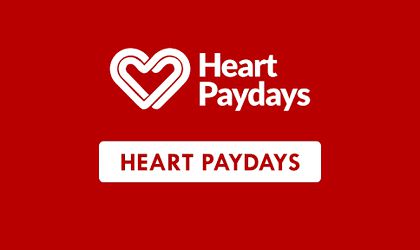
As modern education evolves, an array of educational technology tools emerges, enhancing teachers’ efficiency and transforming learning experiences. Here are four intriguing top educational technology tools:
- ClassDojo
- Flipgrid
- Nearpod
- Edpuzzle
1️⃣ ClassDojo: ClassDojo is a communication platform that connects teachers, students, and parents. It allows teachers to create a positive classroom culture by providing a platform for real-time feedback, behavior tracking, and the sharing of announcements and photos. Students can also showcase their work and skills, fostering a sense of pride and engagement. Parents can stay informed about their child’s progress and receive regular updates from teachers.
2️⃣ Flipgrid: Flipgrid is a video discussion platform that promotes student engagement and collaboration. Teachers create discussion topics, and students respond with short video recordings. This tool encourages student voice and allows for asynchronous discussions, allowing every student to share their thoughts, ideas, and perspectives. Flipgrid can be used for class discussions, presentations, reflections, and more.
3️⃣ Nearpod: Nearpod is an interactive presentation and formative assessment tool. Teachers can create multimedia-rich lessons and deliver them directly to students’ devices. With features like quizzes, polls, virtual reality experiences, and collaborative activities, Nearpod keeps students actively engaged during lessons. Teachers can monitor student responses in real time and provide immediate feedback, making it an effective tool for assessing understanding and adjusting instruction.
4️⃣ Edpuzzle: Edpuzzle is a platform that allows teachers to create interactive video lessons. Teachers can select videos from various sources or upload their own and customize them by adding questions, comments, and voiceovers. Students watch the videos and respond to embedded questions, ensuring active participation and comprehension. Edpuzzle also provides analytics, enabling teachers to track students’ progress and identify areas for additional support.
Technology tools to use in the classroom are:
- Interactive whiteboards: Engage students with interactive lessons.
- Document cameras: Display and share physical documents or objects.
- Classroom response systems: Facilitate real-time student participation.
- Online collaboration tools: Promote teamwork and communication.
- Digital storytelling tools: Enhance creativity and presentation skills.

